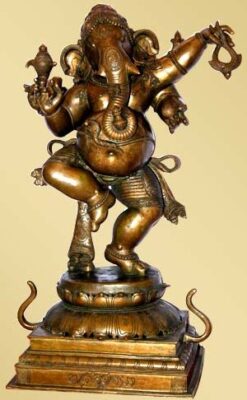 This is the dancing form of Ganesha and the meditation etc, visualize Ganesha in a rather jovial, compromising mood. Ucchista Ganesha is worshiped to remove domestic disharmony and the relationship with spouse is improved. All sorts of troubles with in-laws etc vanish and the family gets together and lives happily. For the last two decades we have advised the placing of a statue of dancing Ganesha (idol) near the headstand of the bed and the relationship between couples has improved. Marriages which were on the verge of breakdown have smoothed out in a most miraculous manner.
This is the dancing form of Ganesha and the meditation etc, visualize Ganesha in a rather jovial, compromising mood. Ucchista Ganesha is worshiped to remove domestic disharmony and the relationship with spouse is improved. All sorts of troubles with in-laws etc vanish and the family gets together and lives happily. For the last two decades we have advised the placing of a statue of dancing Ganesha (idol) near the headstand of the bed and the relationship between couples has improved. Marriages which were on the verge of breakdown have smoothed out in a most miraculous manner.
Sit facing east wearing clean clothes with an image or idol of dancing Ganesha in front. Light lamp, incense, offer some sweets and water.
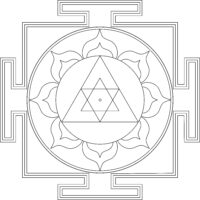
Ucchiṣṭa gaṇapati dhyāna (recite once with a flower to offer to Ganesha)
अणिमादिगुणयुक्तं अष्टबाहुं त्रिलोचनं विजयाविद्युतं लिङ्गं मोक्षकामाय पूजयेत्॥
sindūravarṇasaṁkāśaṁ yogapaṭṭasamanvitaṁ lambodaraṁ mahākāyaṁ mukhaṁ karikaropamaṁ|
aṇimādiguṇayuktaṁ aṣṭabāhuṁ trilocanaṁ vijayāvidyutaṁ liṅgaṁ mokṣakāmāya pūjayet||
About Ucchista Ganapati
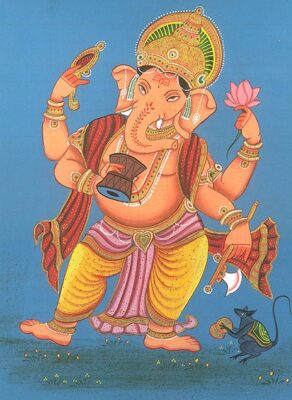
Aṣṭa siddhi mantra
Stand up with folded hands – Facing East, recite once
Turn – Facing SE recite once
Turn – Facing South recite once
Turn – Facing SW recite once
Turn – Facing West recite once
Turn – Facing NW recite once
Turn – Facing North recite once
Turn – Facing NE recite once
Alternatively, these mantra are also done on the Ganesha Yantra eight petals starting from the East petal and going in clockwise direction.
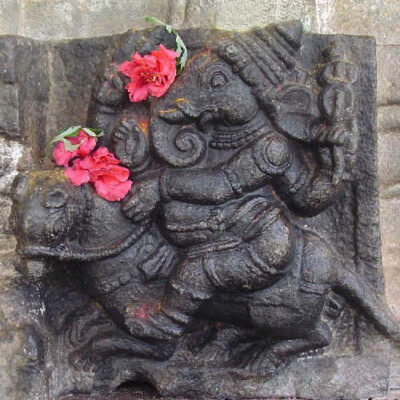
This mantra is for the mouse on which Ganesha rides. Saturn represents sin and the mouse represents Lord Yama, the god of death, who drags souls to the netherworld (narka) to be punished for their sins. To overcome sins, Yama was turned into a mouse and had to carry Ganesha around the world. Thereby his sins were dissolved. All human beings suffer due to sins of past karma. To overcome them, they too must become like the mouse and carry Ganesha around the world (temple of Lord Shiva and Shakti i.e. Shiva Linga). Reciting this mantra circumbulate the Shiva Linga, prayer place or temple three times (at least) carrying the idol of Ganesha.
om maṁ mūṣikāyai gaṇādhipavāhanāya dharmarājāya svāhā|
Mantra
 One of the following mantra must be chosen for siddhi. Consult an expert astrologer for further guidance in the choice of mantra or simply choose the last mantra and recite it 108 times (or multiples thereof).
One of the following mantra must be chosen for siddhi. Consult an expert astrologer for further guidance in the choice of mantra or simply choose the last mantra and recite it 108 times (or multiples thereof).
navarṇa mantra:
daśākṣarī mantras
गं हस्ति-पिशाचि-लिखे स्वाहा। gaṁ hasti-piśāci-likhe svāhā|
dvādaśākṣarī mantra:
om hrīṁ gaṁ hasti-piśāci-likhe svāhā|
mālā mantra:
om namaḥ ucchiṣṭa-gaṇeśāya hasti-piśāci-likhe svāhā|
Meaning of mantra
Meaning of the mantra is revealed at the time of initiation of the mantra by the appropriate Guru. However, a discussion on this subject had occured and we reproduce relevant extracts of the letters that will bring out the meaning of the mantra.
First try to understand the dual role of Ketu in any chart, especially when Ketu is placed in the 12th house. In simple words, MARRIAGE IS A CURSE. Now, you have already seen how this has befallen your destiny, not once but more than that. So, when you come to me, I have to give results, and in this terrible Kali Yuga, I will not advise you to fall at the feet of your spouse or any other lady, but will teach you to fight strong. There is a nice saying “all’s fair in love and war”, and so, I gave you this mantra for ending war and bringing some peace at home. The house which would seem like a haunted house with the in-laws becoming out-laws needs to be first cleared of all demonesses and evils that possess your spouses, not once but again and again. The present action has shown that Ketu has again proved to be stronger in the 12th and its other role of ‘kulasya unnatim’ or continuity of lineage has been forgotten. Ketu indicates that a mistake shall be made and that is how the upadesa (advise) is lost.
In fact the dhyana for the mantra is far more interesting and has something to do with marriage, sexuality etc. You can read this from mantra-mahodadhih as I am not going to teach you that. Perhaps it is a prayer to the delighted and happy Ganapati who has just got married (to help you also in the same manner)..to write (or rewrite) your destiny with some sweetness and the fragrance of love and affection; perhaps it is also a prayer to drive away the demoness(es) called Pisachi’s which possess a woman in her periods so that you may not have to face their wrath…perhaps. hasti refers to the elephant headed Ganesha.
Pisacha, as used in the Veda refers to a class of demons that cause PASSION and ignis fatuus. They were classified along with the Asuras or those who control the actions AT NIGHT. Pisachi is a kind of SHE-DEVIL that has a great fondness for fighting and picking fights at the slightest pretext. Now, all these hints should tell you what the mantra aims at. All marriages and relationships have quarrels, and they can be quite passionate!
While the word ‘Likhe’ is quite well known to all and sundry as meaning to scratch or write, what is of less knowledge is its meaning of ‘Uniting with a female’ or its meaning of coming together of heavenly bodies. Perhaps it is a mantra to unite an elephant headed person who refuses to budge from his tapasya with a female whose anger and passion are impossible to control. In any case it is an excellent mantra to ensure conjugal bliss.
We have been recommending this mantra along with a dancing Ganesha at the headstand (near bed) for removing all blemishes caused by Ketu in married life.
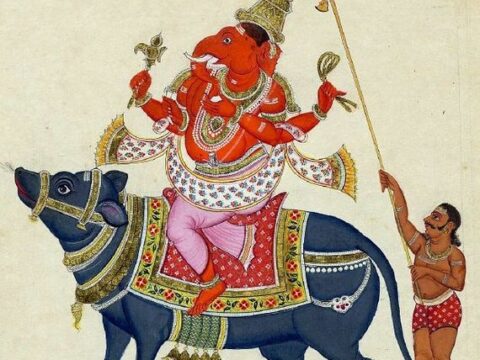
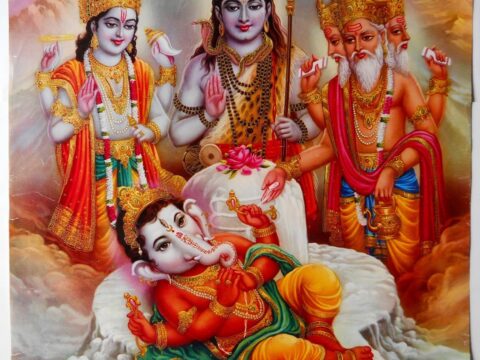
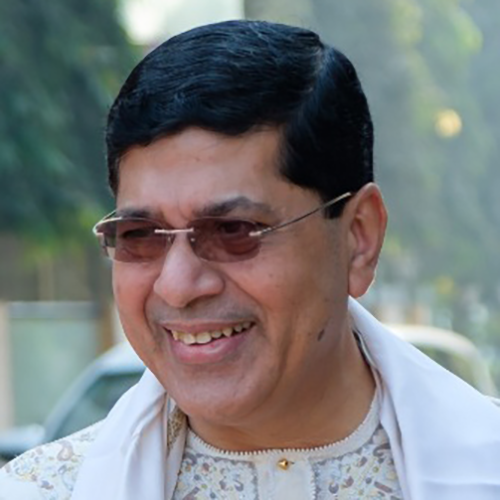
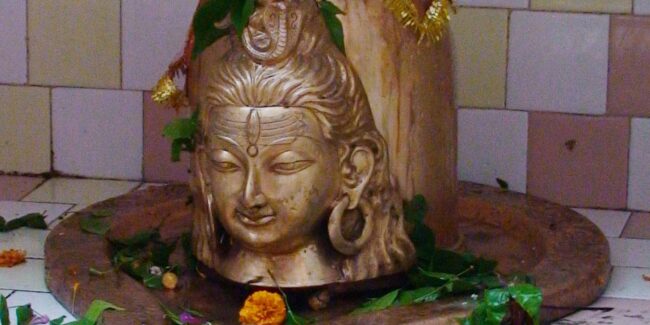
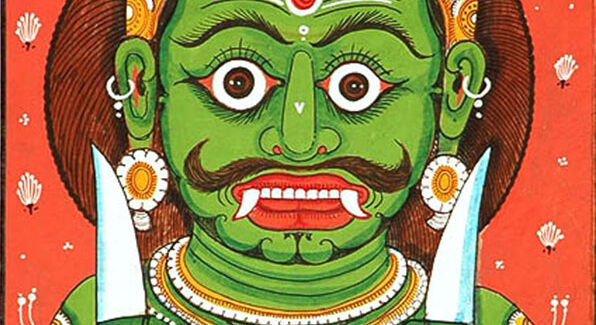
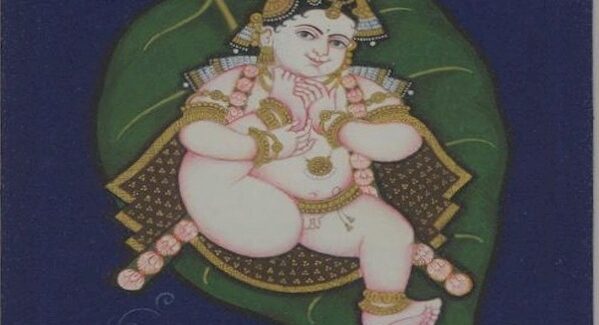
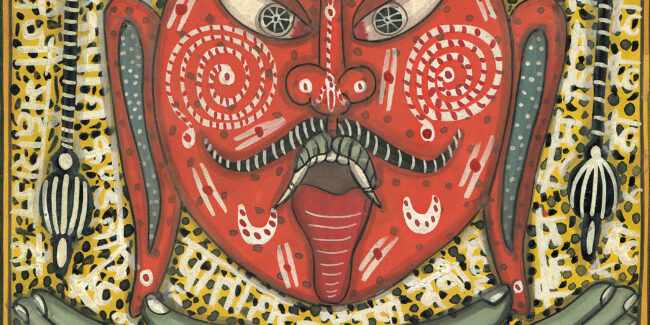
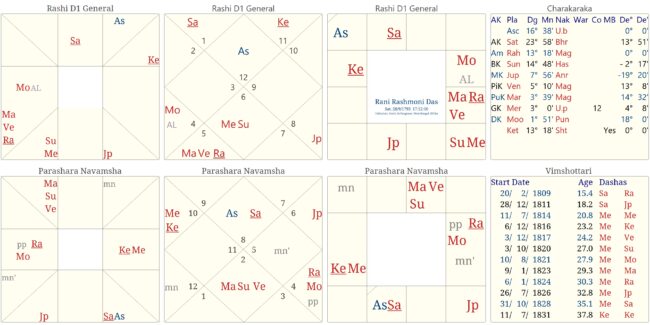
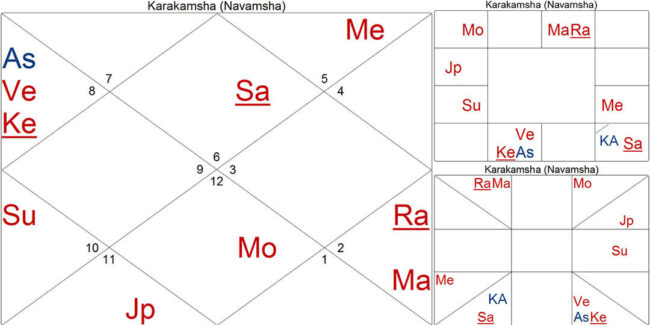
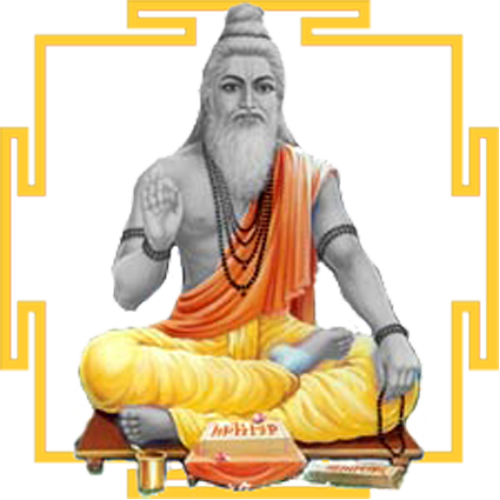 DBC offers online courses in jyotish (Vedic Astrology) taught directly by Sanjay Rath as per the tradition, through narrated power points and other audio tools. The courses are at different levels, from the beginners through the intermediate to the advanced and are known as SoHamsa | DBC courses, with individual classrooms and assistant teachers
DBC offers online courses in jyotish (Vedic Astrology) taught directly by Sanjay Rath as per the tradition, through narrated power points and other audio tools. The courses are at different levels, from the beginners through the intermediate to the advanced and are known as SoHamsa | DBC courses, with individual classrooms and assistant teachers
 Sagittarius Publications is the publisher and distributor the popular quaterly magazine the Jyotish Digest, as well as many thorough books on the subject of Vedic Astrology or Jyotish.
Sagittarius Publications is the publisher and distributor the popular quaterly magazine the Jyotish Digest, as well as many thorough books on the subject of Vedic Astrology or Jyotish. We have an excellent pandit Divākar ‘Deva’ Mishra, who is from the priests of Vindhyāvāsini Siddha Pīṭha to guide you through the hundreds of temples of Kāśi [Varanasi] and neighbouring regions. He can organise your pūjā, keep you safe and take care. He is supported by an English-speaking well-travelled spouse ‘Supriya Mishra’. Please contact them directly for any services, remedial pūjā and tours. They handled the 60+ member Kāśi Jyotiṣa Group 2022.
We have an excellent pandit Divākar ‘Deva’ Mishra, who is from the priests of Vindhyāvāsini Siddha Pīṭha to guide you through the hundreds of temples of Kāśi [Varanasi] and neighbouring regions. He can organise your pūjā, keep you safe and take care. He is supported by an English-speaking well-travelled spouse ‘Supriya Mishra’. Please contact them directly for any services, remedial pūjā and tours. They handled the 60+ member Kāśi Jyotiṣa Group 2022.
Are these prasiddha mantras of Ucchista Ganapati?
yes
Respected Sanjay Ji,
Ganesha is called a hasti=having a hand; hasta means hand. UG’s form is that his hasta is at the yoni of his Shakti, Neela Sarasvati, playing with it. Her yoni is considered to be Kamakhya, whose abode is Neela Parvata. She is playing with his phallus. This form of UG is meditated on after dusk in the evening. Uch + sista = uchista means the ultimate.Ganpathi helps to cross over obstacles. He gives knowledge. His shakthi is neelsaraswati, she gives complete knowledge of any Vidya. she is Vidya rajni. She is pleased thru yoni puja. Her yoni (vagina) is Kamakya.
He is mischievous. He (Uchishta Ganapathy) is making love to his partner (Neela Saraswathi) with his trunk. Uchishta Ganapathy is called great, because he does not reject anything as puja. He does not judge, this is good and this is bad. Up to a point, the paths of Srividya and Uchishta Ganapathy go parallel; they accept sexuality and sensuality as sacred offerings. When it comes to insults, they diverge. This is the difference. Since Uchishta Ganapathy accepts vulgarity and even insults as his being. Erotic play is the best worship to Uchishta Ganapathy
Why is UG considered the high and great? UG accepts even utter sensuality as his puja. He is doing the mantra japa while his shakti is uttering orgasmic cries.
Ucchishta ganapathy is one where he accepts anything as divine, even swearing . He is ganapathy that searches the deep unknown shown with his dantham inside neela sarawathi yoni. They are both in divine bliss with each other. She is holding his genital to express her love and connection to him.
Like Siva (time) entering Sakthi (space) he is searching the hidden universe via his eladantam (one tusk) – he sees and loves divine in everything beautiful and crude. Accepts everything as divine and discards nothing.
Sadhana of Ucchishṭa Gaṇapati is very powerful but a razor’s edge.
nIlAbjadADimIvINA |
shAlIguMjAkShasUtrakaM |
dadhaduCCiShTanAmAyaM |
gaNEshaH pAtu mEcakaH |
graMthAMtare |
nArIyOnirasAsvada |
lOlupaM kAmamOhitamiti ||8|| nIlavarNaH
He has six arms. He is blue in colour. His hands show the rosary, the pomegranate, the paddy ear (shalyagra), the nocturnal lotus, the lute (vîna); his sixth hand sometimes bears a guñja berry, embraces the goddess. The Ucchista Ganapati trunk is placed on the goddess’s thigh
Respected sir,
With all due respect i would like to say this is not exactly right. The dancing form of ganapathi is Nṝitya Gaṇapati or Narthana Ganapati, Am sorry if im wrong.
Uchchista Ganesha, is the tantric form of Ganapathi, with food remains and with shakti in the lap. Uchchishta Ganapathi is the one who the great Krishnamurthi Paddhathi worshipped.
Respected Guruji,
Can you please let us know which is correct Ucchista Ganesh, many reference online describe Ucchista Ganesaha as this form of Ganesha is depicted in sitting posture with six hands and on the left thigh seated with his Shakti (Devi or Goddess). On his main right hand holds the Japa beads mala (Rudraksha), second holds pomegranate fruit and the third/ upper holds the fresh sprig of paddy. His main left hand hold around his Shakti, second hand hold the Veena and third/upper hand holds blue lotus. The tusk is not curled and Ucchista Ganapathi appears in blue complexion.
While you mentioned it is dancing form of Ganesha. Can you clear this doubt.Appreciate if you can mentioned some lines from shastra/tantra about description.